- Description
- Additional information
- Reviews (0)
Description
Wild Shrimp
Great starter shrimp, or a shrimp where tank mates might eat some of your cleanup crew.
These Shrimps can vary in coloration but are generally brownish or a black brown
🦐 Wild Neocaridina Shrimp Care Guide
Quick Stats:
-
Common Name: Neocaridina Shrimp (e.g., Cherry, Blue Dream, Yellow, Orange Sakura)
-
Scientific Name: Neocaridina davidi
-
Difficulty: Easy
-
Temperament: Peaceful
-
Lifespan: 1–2 years (sometimes longer with excellent care)
-
Size: Up to 1.5 inches (3–4 cm)
🧪 Water Parameters:
-
Temperature: 68–78°F (20–26°C)
-
(Lower end preferred for longer lifespan)
-
-
pH: 6.5–8.0
-
GH (General Hardness): 6–8 dGH
-
KH (Carbonate Hardness): 3–6 dKH
-
TDS (Total Dissolved Solids): 150–250 ppm
-
Ammonia/Nitrite: 0 ppm (VERY sensitive)
-
Nitrate: <20 ppm
Important:
-
Stability matters more than hitting “perfect” numbers.
-
Always cycle the tank fully before adding shrimp.
🏡 Tank Setup:
-
Tank Size: 5 gallons minimum (10+ gallons recommended for colonies)
-
Substrate: Inert sand, planted soil, or shrimp-specific substrates.
-
Plants: Heavily planted tanks are ideal!
-
Mosses (like Java Moss)
-
Floating plants
-
Anubias, Bucephalandra, Java Fern
-
-
Decor: Driftwood, rocks, shrimp hides.
-
Filtration: Gentle sponge filter or pre-filter sponge over intake (they’re tiny and can get sucked in).
☀️ Lighting:
-
Lighting Needs: Moderate (for plants)
-
Notes: Shrimp don’t mind light intensity as much as plants do. More light = more biofilm = more food!
🍽️ Feeding:
-
Diet: Omnivores and scavengers.
-
Staple Foods:
-
High-quality shrimp-specific pellets or wafers
-
Blanched veggies (zucchini, spinach, carrots)
-
-
Supplements:
-
Biofilm (they graze on it naturally)
-
Occasional protein (like tiny bits of algae wafers or fish food)
-
-
Feeding Frequency:
-
3–4 times per week for small portions.
-
They should be slightly hungry to keep grazing naturally.
-
🧹 Cleaning and Maintenance:
-
Regular water changes (10–20% weekly).
-
Always match temperature and parameters closely during water changes.
-
Use dechlorinated water — they’re sensitive to chlorine and heavy metals.
-
Avoid copper-based medications in shrimp tanks (copper is toxic to them!).
🧬 Breeding:
-
Difficulty: Easy
-
How it Happens:
-
Females carry eggs under their tail (“berried”) for about 3–4 weeks.
-
Tiny shrimplets hatch fully formed and immediately start grazing.
-
-
Requirements:
-
Stable, safe water.
-
Lots of moss and hiding spots for baby shrimp.
-
No predators (even small fish might eat babies).
-
🛠️ Special Notes:
-
Molting:
-
Shrimp shed their exoskeletons regularly.
-
Don’t remove molts — shrimp eat them to recycle minerals.
-
-
Color Quality:
-
Good food, stress-free environment, and selective breeding keep their colors vibrant.
-
-
Tankmates:
-
Best with shrimp-only tanks or peaceful nano fish like:
-
Ember Tetras
-
Otocinclus
-
Pygmy Corydoras
-
Nerite Snails
-
-
Avoid anything aggressive like Bettas, Guppies, or larger fish.
-
Fun Fact:
Each color morph of Neocaridina (like Blue Dream, Bloody Mary, Yellow Neon, etc.) comes from selective breeding — they’re the same species, just different “shrimp breeds”! 🦐✨
Additional information
| Amount | Individual Shrimp, 5 Pack, 12 Pack |
|---|
Only logged in customers who have purchased this product may leave a review.


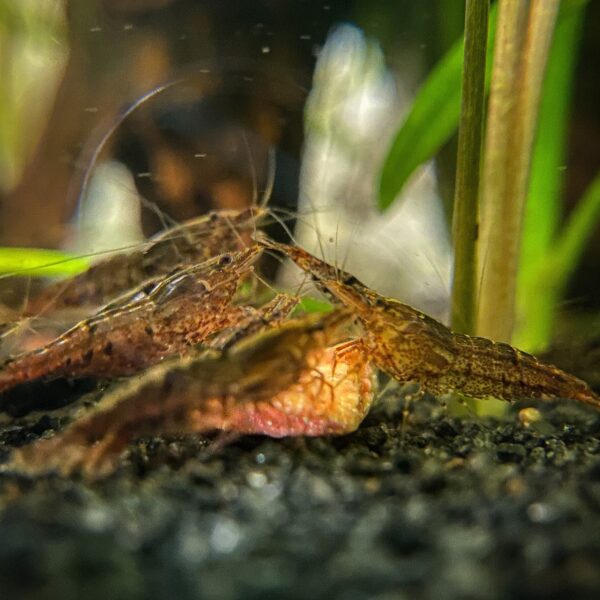
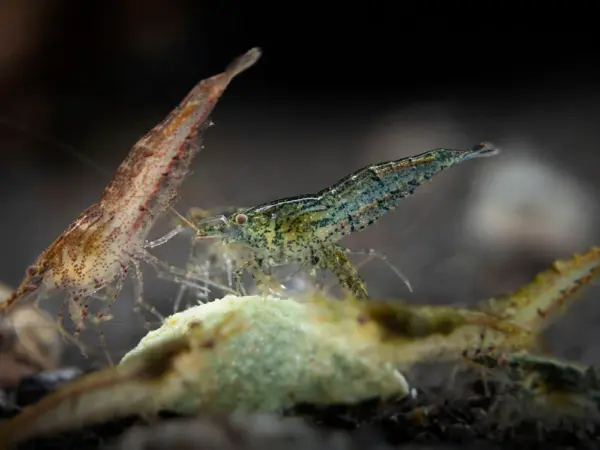
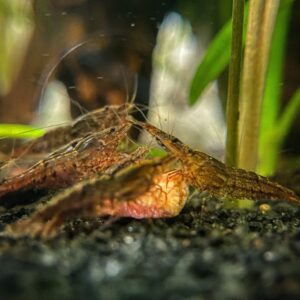
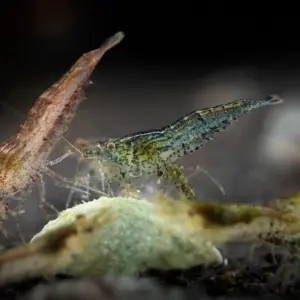
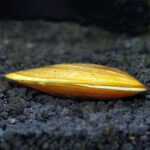
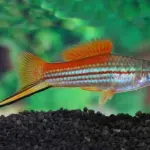
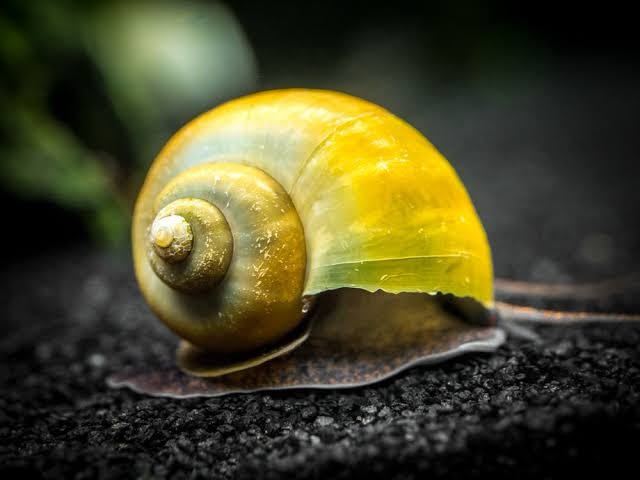
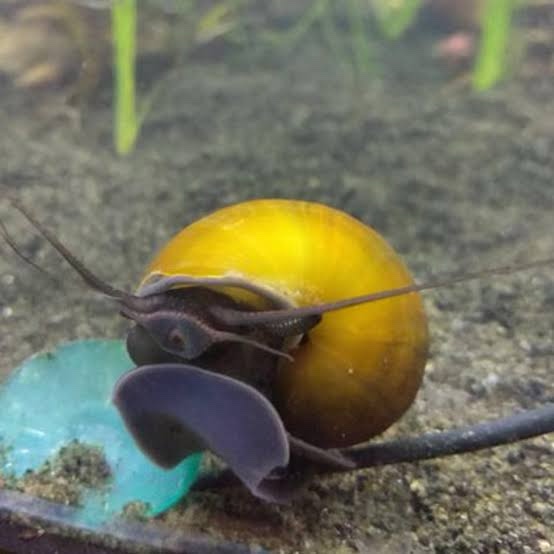
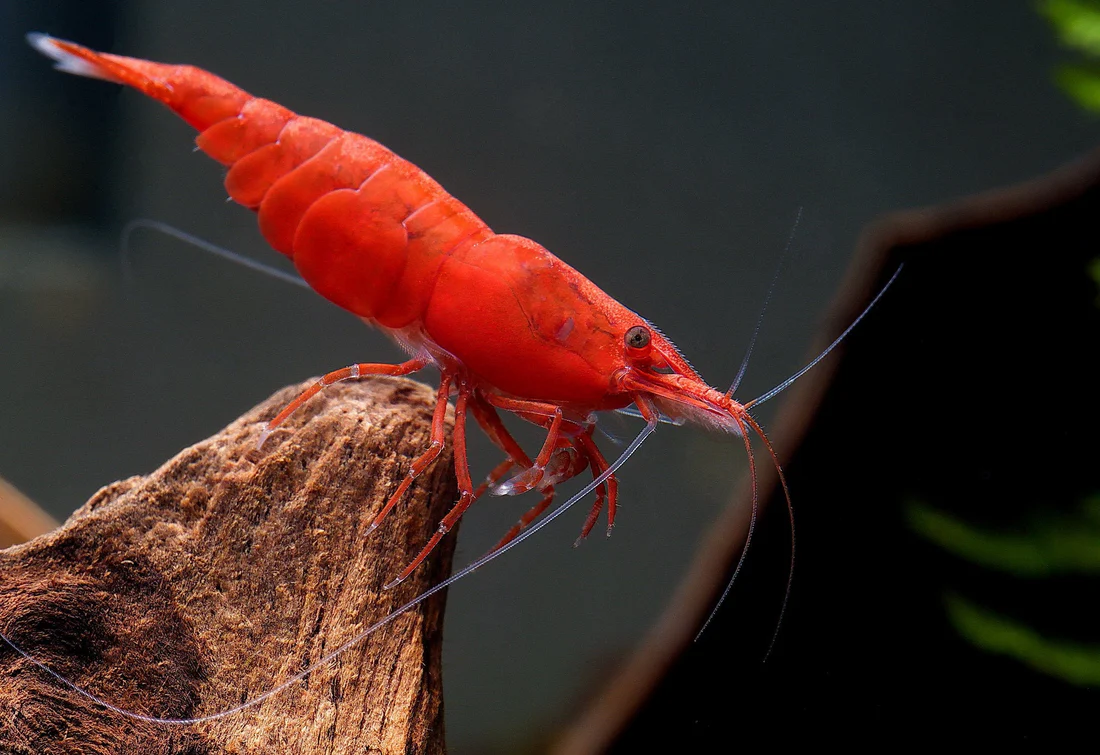
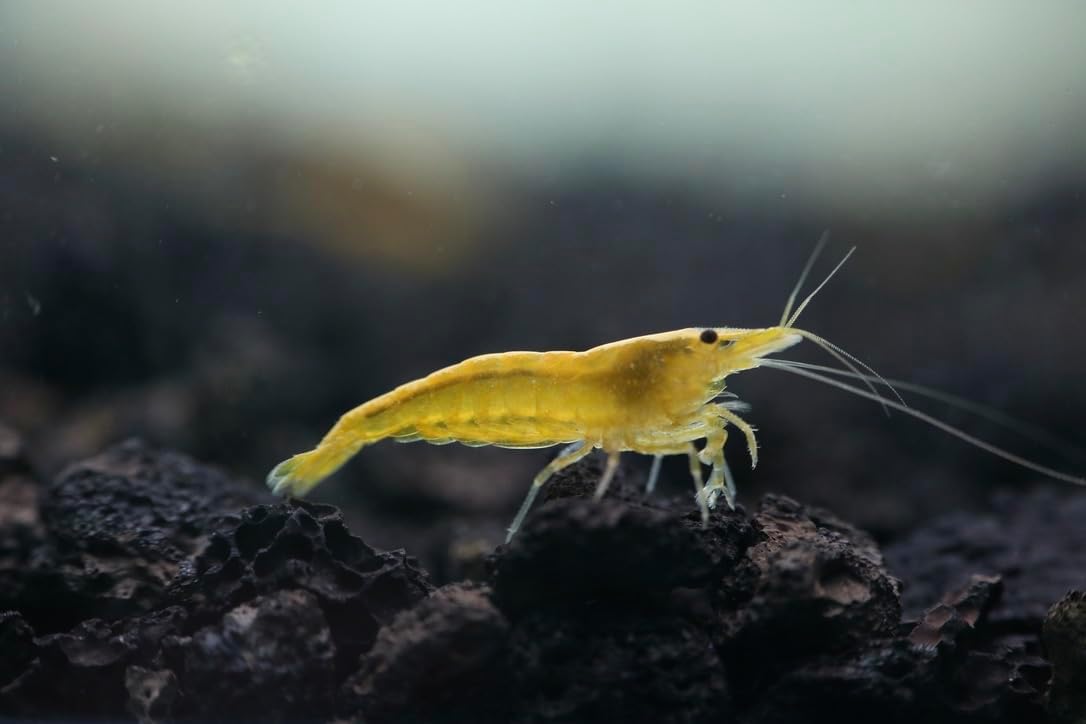
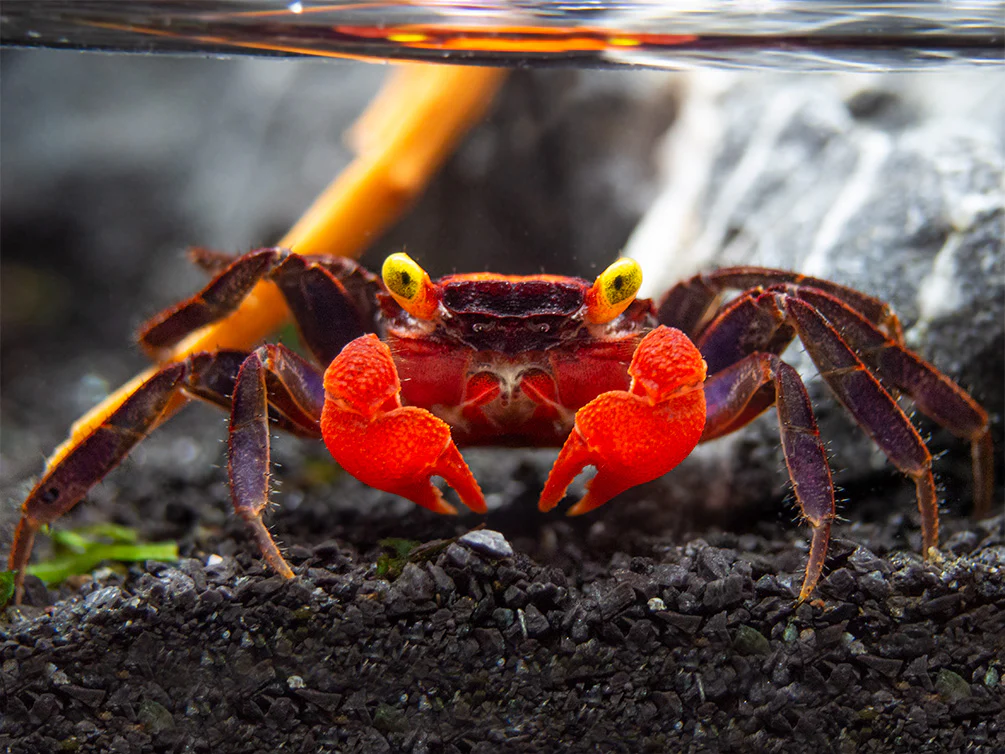
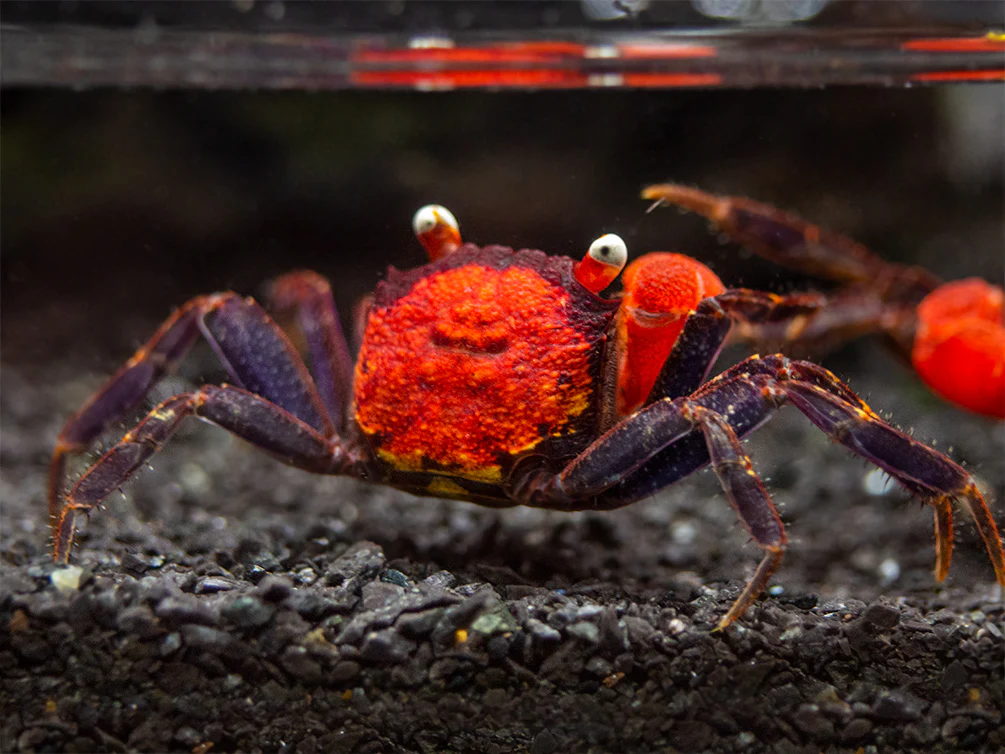
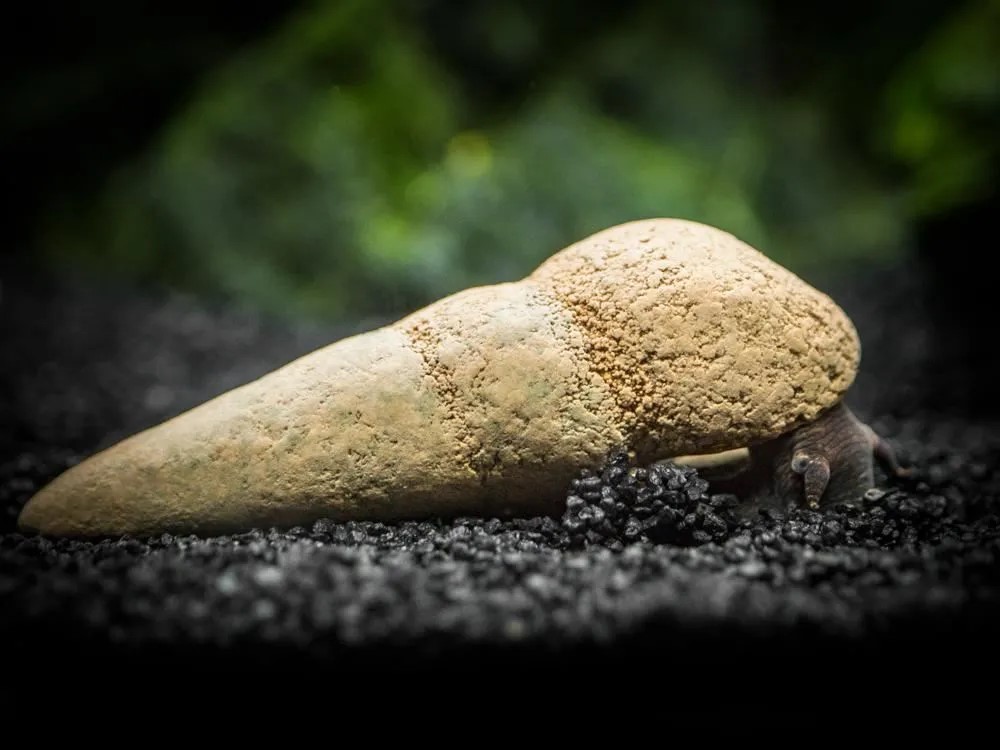
Reviews
There are no reviews yet.